NSW Health’s fast and effective contact tracing key reason state faring better than Victoria
Rapid contact tracing and strict health measures are helping NSW avoid a second wave of coronavirus as the state is praised for doing ‘a lot better’ than Victoria.
NSW
Don't miss out on the headlines from NSW. Followed categories will be added to My News.
Rapid contact tracing and strict health measures are helping NSW avoid a second wave of coronavirus as the state is praised for doing “a lot better” than Victoria.
Of the 17 new cases in NSW confirmed on Monday, only two were “under investigation”, compared with a staggering 353 of the 532 new COVID-19 cases in Victoria still being investigated.
Health experts recommend each case is traced to a source within 24 hours, but the total number of people in Victoria not linked to a known cluster has soared to 3201.
More than two weeks since the first cases connected to Sydney’s Crossroads Hotel cluster, NSW has not had the surge in cases seen in Victoria after its bungled hotel quarantine outbreak.
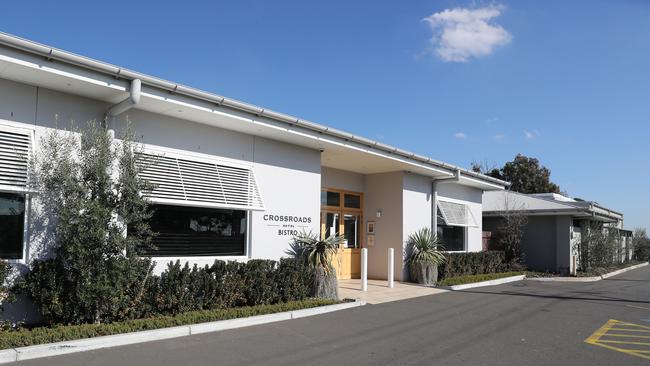
MORE NEWS
Health chief warns of more virus deaths in Victoria
Business calls for radical action as budget faces $850b debt
Revealed: How JobKeeper changes will affect you
NSW Health officials have not only managed to aggressively track down close contacts of confirmed COVID-19 cases each day, but a significant team remains on hand to assist the overwhelmed officials in Victoria deal with a record-breaking caseload.
The state’s contact-tracing team is being expanded from 150 to 380, with up to 80 officials assisting Victoria.
On Sunday, NSW conducted thousands more tests than Victoria, which has frequently reported a dip in test numbers for that day of the week even as its outbreak worsened.
NSW has a much lower positive test rate, with 0.08 per cent of the 22,032 tests in the past 24 hours a confirmed case, compared with 3 per cent of Victoria’s 17,588 tests coming back COVID-19 positive.
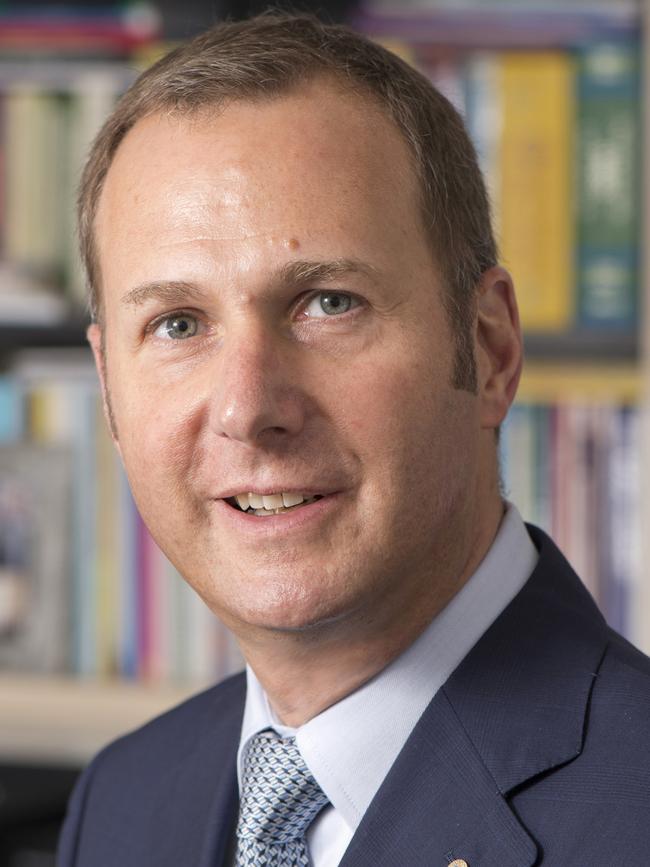
At the weekend, Victoria moved to stop aged-care workers moving between facilities, where there are now 681 cases across 61 residential homes. The state mandated masks in aged-care facilities only on July 13.
For months, NSW has recommended screening of staff moving between the high-risk facilities.
Deputy Chief Medical Officer Michael Kidd said the lessons of NSW’s deadly cluster at the Newmarch House aged-care home in Sydney were being “incrementally” rolled out in Melbourne.
“Many of those facilities have been using masks very early in the pandemic … what we have seen is that additional measures are now required in that state,” he said.
Professor Kidd said he remained “deeply concerned” about the situation in Victoria, but was positive about NSW, where each case has been followed up “very quickly”.
He also credited strict isolation requirements for containing the spread.
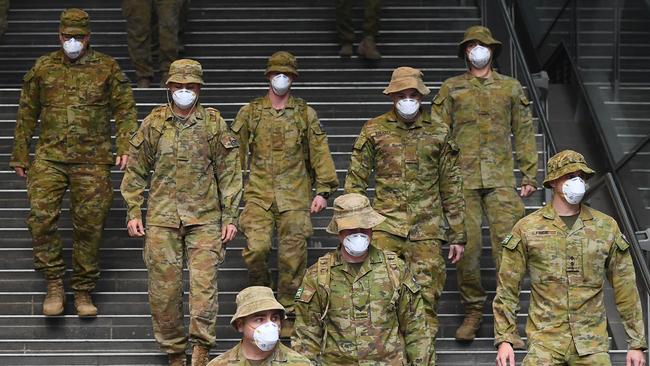
“In a number of (places) where we have seen outbreaks, there has been a call for each of the people who have been at those centres to get tested, but also to stay in isolation for a 14-day period to prevent further possible transmission,” he said.
Professor Kidd said it was “very important” to follow up with every single person in contact with a COVID-19 patient, which was why Victoria now had 1400 Australian Defence Force personnel assisting.
Scott Morrison yesterday praised NSW for its response, indicating it was not headed in the same direction as Victoria.
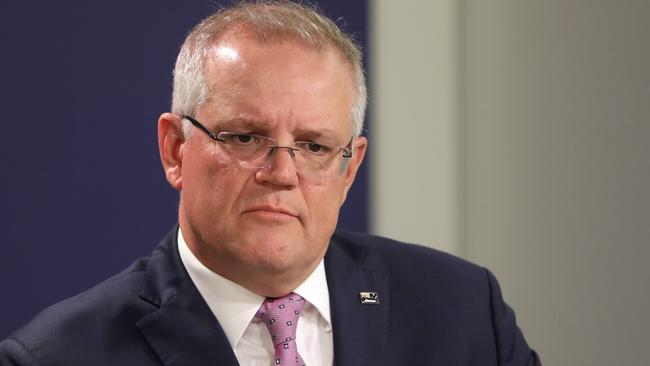
“The work that is being done to trace cases to known sources has been very effective. That gives us obviously a lot more cause for confidence in NSW,” the Prime Minister said.
“In Victoria, there is still a long way to go. We are still seeing case numbers at elevated levels and so, as we have seen from other jurisdictions, when you get community-based transmission, it does take some time to get that down.”
From the early days of the coronavirus pandemic NSW eclipsed Victoria’s testing regimen. Between January and March, NSW conducted 99,591 tests, about 1320 for every 100,00 people, while Victoria conducted 45,000, about 708 per 100,000 people.
Since the virus escaped Victoria’s hotel quarantine system, the state has consistently struggled with contact tracing and public health messaging.
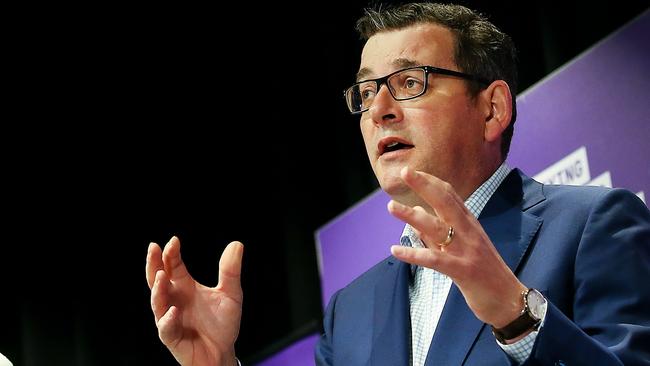
Premier Daniel Andrews has renewed a plea for people with flu-like symptoms to get tested and not attend work after last week revealing a shocking number of Victorians were not following advice.
About 53 per cent of people were not isolating between getting a test and receiving the result, and nine in 10 people with symptoms did not isolate before seeking a COVID-19 test.
Sources have pointed to the overstretched and under-resourced Victorian health system, which stretches across 17 primary health networks, including five regions covering 70 rural and regional public health services.
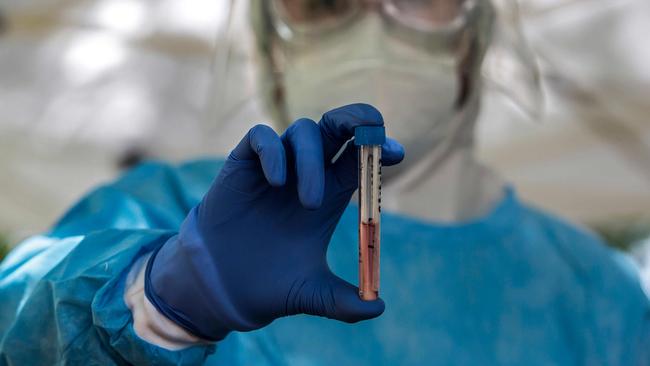
NSW Health meanwhile has co-ordinated its response across 15 Local Health Districts — eight in Sydney and seven in the regions — with a clear hierarchy enabling rapid response capability.
NSW Health was also quick to recommend the public wear masks when social distancing was not possible, urging people to do so within a week of sustained community transmission, with daily cases well below 20.
Victoria resisted issuing the precautionary advice, only suggesting masks be worn when more than 280 cases were identified in a single day.

